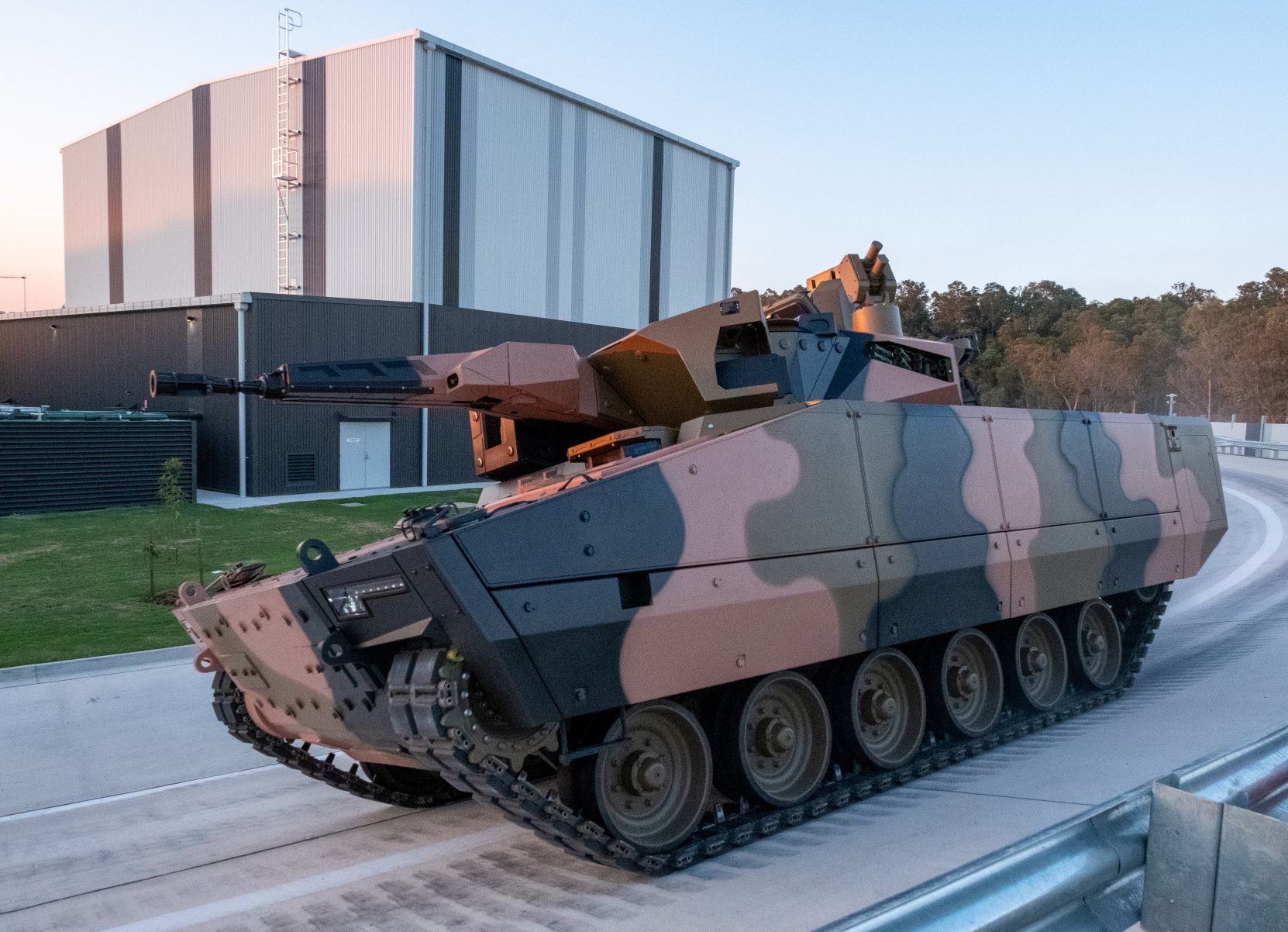
SHAH ALAM: Australian Lynx unveiled. Rheinmetall has unveiled the first of three Lynx KF41 Infantry Fighting Vehicles designed, developed and manufactured for the Commonwealth of Australia’s $AUD18.1 billion (RM54 billion ) Land 400 Phase 3 programme.
Lynx is a next generation tracked, digitised and highly protected Infantry Fighting Vehicle (IFV) built to meet the stringent military requirements of Land 400 Phase 3. The Australian Army needs a new IFV for close combat to close in and defeat an enemy in the most dangerous and lethal environments for Australian soldiers.
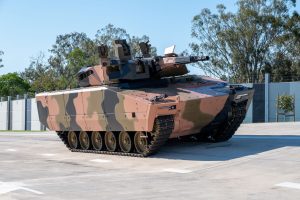
Rheinmetall is delivering each of the Lynx vehicles to compete in the test and evaluation trials as part of the Risk Mitigation Activity (RMA) to be conducted around Australia over a 12 month timeframe from November 2020.
If successful, the Lynx fleet will be manufactured in Queensland at Rheinmetall’s new Military Vehicle Centre of Excellence (MILVEHCOE) at Redbank south-west of Brisbane.The RMA trials will incorporate a range of tests including lethality, mobility and protection. The vehicle unveiled will be the focus of blast testing at a dedicated Commonwealth facility in coming months.
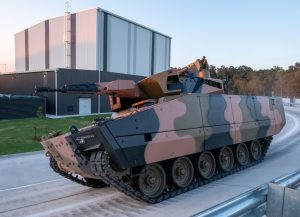
Lynx was unveiled at a closed ceremony with selected Australian industry partners at the MILVEHCOE. Each of the Lynx vehicles delivered into the RMA trials will incorporate a significant level of Australian industry content and local partners to the Rheinmetall offer for Land 400 Phase 3 will be announced in coming weeks.
“Rheinmetall looks forward to demonstrating the capability of this next generation infantry fighting vehicle,” said Rheinmetall Defence Australia Managing Director Gary Stewart. “We believe Lynx is the best vehicle in its class and sets a new standard in protection and the lethality needed to survive and defeat any adversary. “Lynx has been developed so it is positioned at an ideal level of maturity when Australia needs it to enter service – and it will have a growth path to extend these capabilities through its 40-year life.”
Lynx has been selected by the Hungarian Armed Forces for the delivery of more than 200 vehicles in the first launch order for the vehicle globally. Rheinmetall Defence Australia will export turrets to the value of $150 million manufactured by Australians – and will soon announce further export orders into the Hungarian program including orders for Australian SMEs.
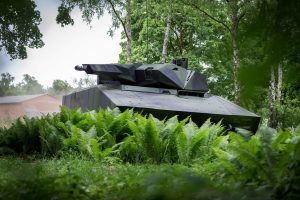
Rheinmetall is delivering 211 8×8 Boxer Combat Reconnaissance Vehicles (CRV) to the Australian Army after the vehicle was selected by the Commonwealth after 12 months of RMA trials by Australian Defence Force (ADF) personnel in 2016-2017. The company is establishing a local industrial capability in Australia for the design, development and manufacture of military vehicles that creates high technology enduring jobs for hundreds of Australians by localising design and manufacturing expertise in electro-optics, weapon systems, fire control and sensor systems, turret manufacturing, variant design and manufacture, integration, armour systems, simulation, training and fleet sustainment.
“Design, development and manufacture of the Lynx in Australia for the ADF will build on the advanced manufacturing jobs at our new MILVEHCOE, as well as a strong industrial network of SMEs across Australia,” Mr Stewart said.
Both the Boxer and Lynx are modular. That means the vehicle can be split in two, with a mission module sitting on a common drive module. This allows for swap out of mission modules for operational needs, reducing through-life cost for the introduction of new technology, and ongoing fleet management.
“Rheinmetall has taken all of the significant benefits of the Boxer and ensured they are part of the Lynx KF41 package,” Mr Stewart said.“Our partnership with Army and the Commonwealth to deliver the Boxer for Land 400 Phase 2 presents the opportunity to deliver develop a complete armoured vehicle fighting force for the ADF.”
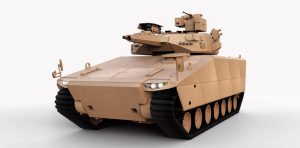
The Lynx is one of the two contenders for the Land 400 Phase 3, the other one is the Hanwha Defense AS21 Redback. A decision on the winning vehicle is expected in 2022.
— Malaysian Defence


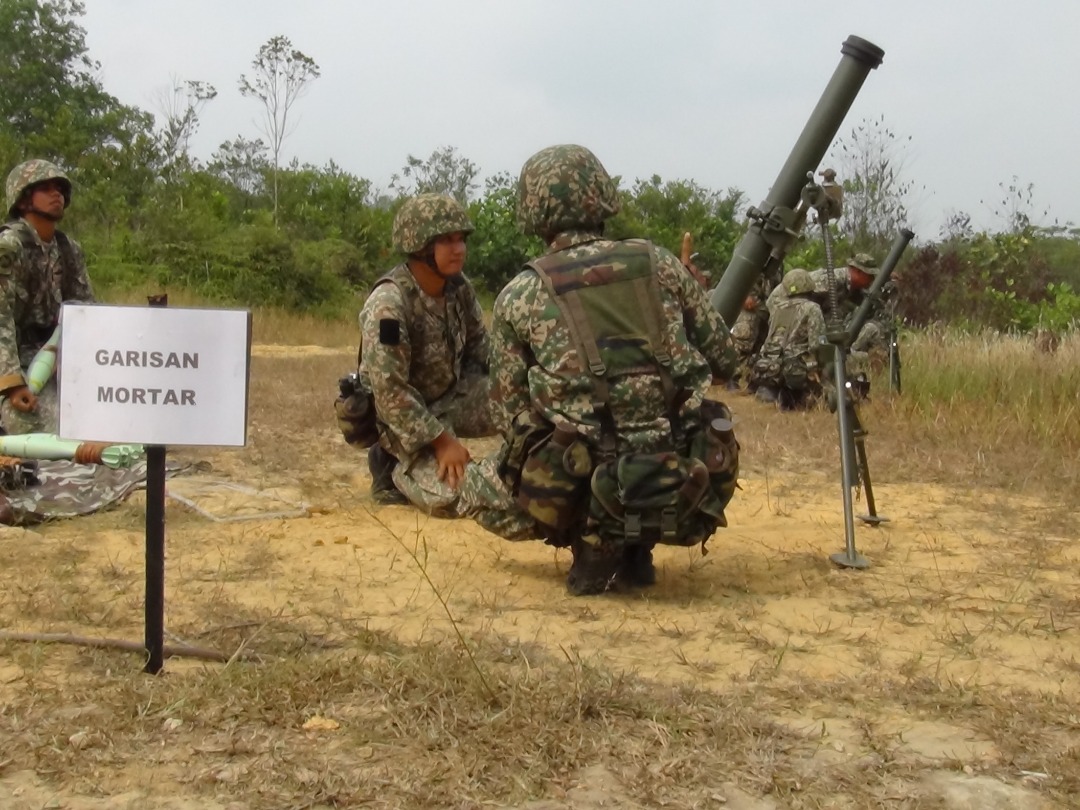
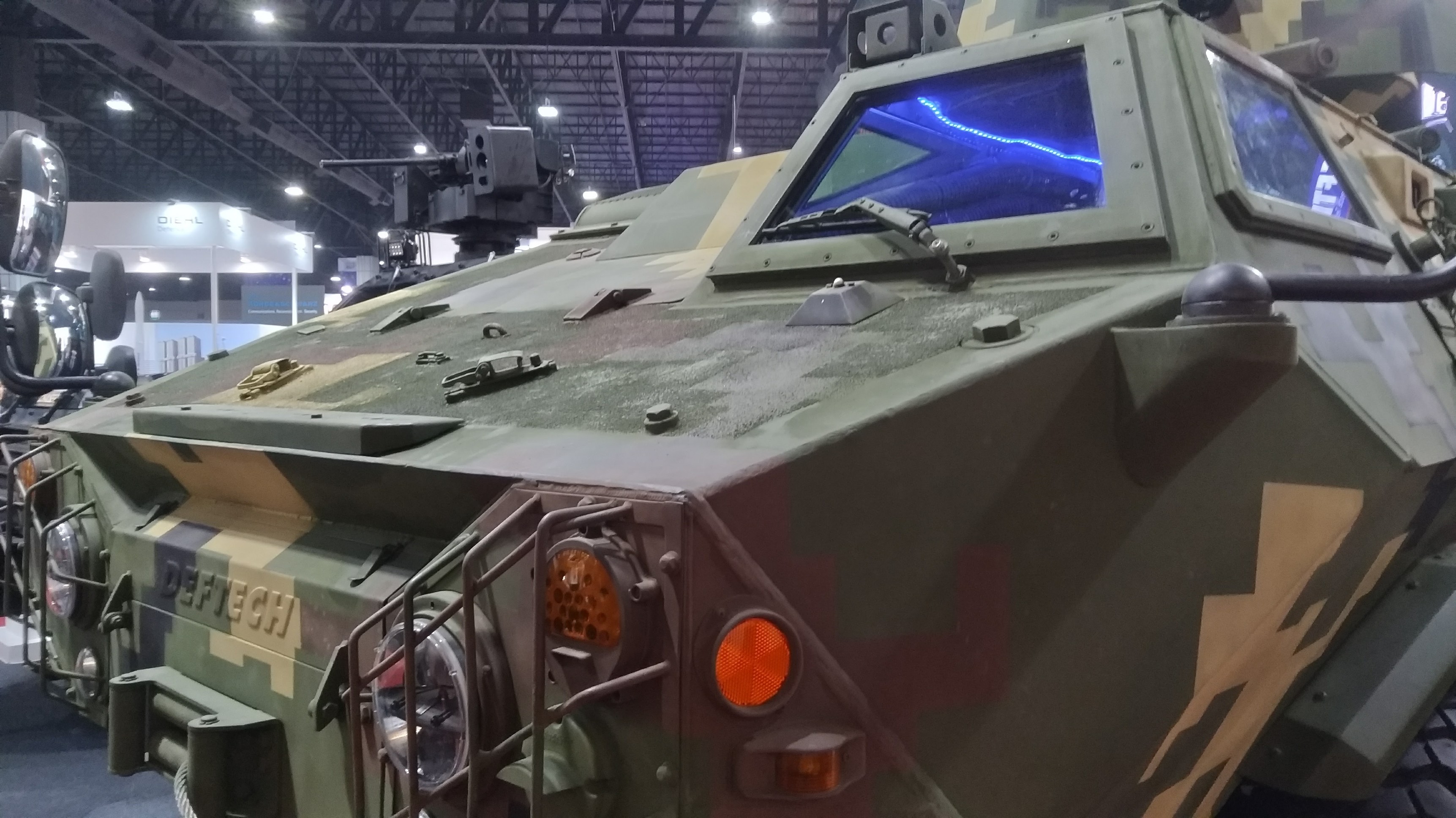
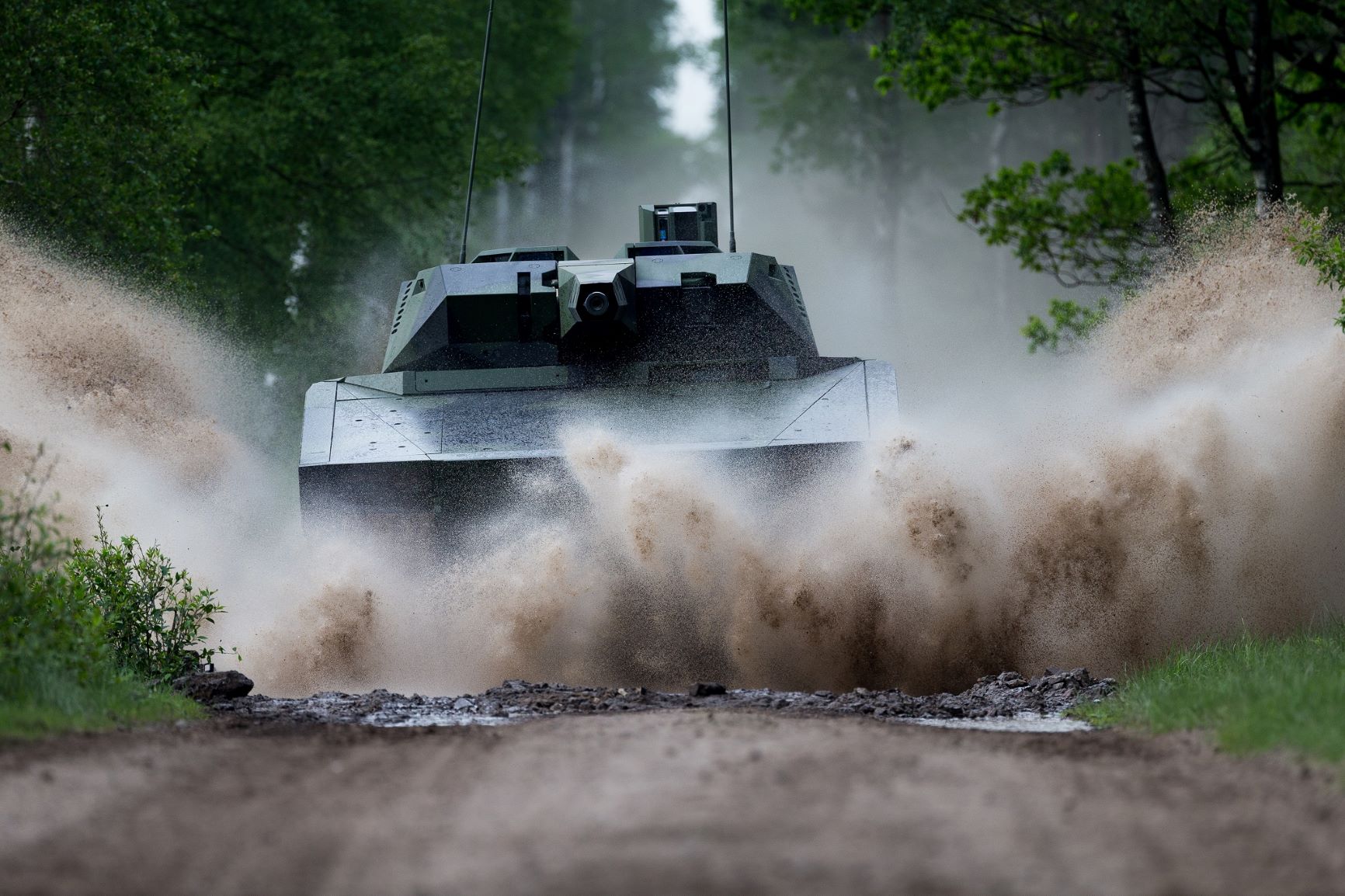
Australia now slowly replacing their M113 and ASLAV with newer vehicle. It is good if Malaysia can get some of this M113 and ASLAV as an interim assets and placed it in Sabah.
Australia and singapore are 2 countries near us that is recapitalising their tracked IFV vehicles.
So what about malaysia?
IMO we still have plenty of life left in our MIFV/Adnan. But due to its design, it cannot be upgraded to the level of protection and armament of brand new IFVs.
Moving forward, so what can we do?
IMO we should just reset and maintain our MIFV/Adnan to the best condition possible, with just minimal upgrades. As is, our MIFV/Adnan is equipped with good systems, BMS, laser warning, extra smoke grenades, compared to other M113/AIFVs. This should be good to 2035. A replacement of around 250 units should be good for 3 mechanised battalions plus some for 11KAD to be used as recce for the PT-91M. I would prefer a tracked IFV that would be amphibious. That would be the HSW Borsuk, Hanwha K21 or the FNSS Kaplan-20.
I am thinking of converting the 3rd division into a fully armoured one. With
1st brigade to be fully tracked with 1x PT-91 regiment and 3x MIFV/Adnan battalions, later with next gen tracked IFV post 2035.
4th brigade to be the gempita brigade. with mostly gempitas + JLTVs.
7th brigade on KIA KLTV APCs.
All 4 cavalry regiments (1,3,4 & 5) to be on gempitas + JLTVs. 2 KAD to be the KAD PARA regiment with JLTV replacing the KAD PARA squadron.
2 infantry battalion each in the other 3 divisions (1,2 & 5) to also be equipped with KIA KLTV APCs.
Lipanbaras transferred to Polis PGA.
So in total around
50+ PT-91M
360+ MIFV/Adnan – later 250+ NG IFV
450+ Gempita
200+ JLTV
600-700 KLTV APC
@A
That’s not the best thing to do, nor It’s any good for Malaysia to buy some of those used M113s. 👌
Mosy probably the Lynx will win due to Rheinmetal have their foot planted in th Australian defence industry and the interchangeable modules between the boxer and lynx.
I wonder would the TDM order more Gempita 8×8 in rmk12 or only opted for new 6×6 or both. Im intrigued in the price of a single 2nd batch Gempita due to the high individual cost for the 1st batch.
A,
We don’t need that for interim
Their M113s & ASLAVs are no longer suited for frontline usage. If we need rear echalon, somewhat armoured, vehicles for troop transport at the rear, we have plenty of Condors for this job. We just need to do simple relifeing to get them back into running conditions. No need fancy turrets or complex electronics other than comms & navigation gear.
@ Luqman
” I wonder would the TDM order more Gempita 8×8 in rmk12 or only opted for new 6×6 or both. Im intrigued in the price of a single 2nd batch Gempita due to the high individual cost for the 1st batch ”
I believe quietly all of the 257 Gempitas have been delivered to TDM. Yes the costs of the 1st batch is high, but it includes R&D, 30mm turrets and missiles. A 2nd batch not needing any R&D, ToT costs etc should be much more lower. IMO we can benchmark the recent costs of the Omani Pars III orders as the probable costs for a 2nd batch of gempitas. That is about USD500 million for 172 PARS III including R&D.
http://www.defaiya.com/news/Regional%20News/Oman/2017/08/01/fnss-delivered-first-8×8-pars-iii-apc-to-oman
I would prefer TDM to go for gempita batch 2 in RMK12 2021-2025 instead of having to R&D yet another IFV variant in the shape of the 6×6 IFV. We could convert 4th Briged Mekanize into an all gempita brigade, and transfer all Adnan/MIFV into 1st Briged to create a tracked armoured brigade. This can be completed before 2025.
The condor replacement in KAD cavalry regiments could be fulfilled by off the shelf JLTVs, no need R&D, costs less than even a condor upgrade or even the lipanbara.
Tracked or wheeled will always be the topic regarding IFV.
Its good enough that we have both, and also ours is still up to date.
Wow,must we follow what the aussie doing,buy new IFV…?
The best thing that ATM suppose to do long time ago is not to hold on to sentimental value vehicles…simbas,condor comando 150 no doubt they have more than 200++ but these vehicles need to be scraped.
MIFV/KIFV are still considered new gen IFV.these vehicles can be absorbed into rhe ATM reserved units in stages whilst the active units is being given a new type of IFV in stages as well.
As for rhe 4×4 vehicles what ever weaponery attached to it buy turkish….it can be in the form of kaya ll or any other vehicles from turkey.
These 4×4 vehicles in the form of many varieties that suits the task can be absorbed into polis hutan..polis..army etc or border regiments.
@ZekMR
In ADF case, they see the need to have both in sufficient numbers.
@RedSot
Yeah I also wish we could follow Aussie to have 2020 GDP of USD $1.3 Trillion with a defence budget of USD $30Bil. We can still hold onto certain old vehicles because they still has some uses in 2ndary roles and since we have nothing else better. I wish we have Aussie budget to replace them all but we just don’t.
@joe
400, 111, 211, 257
Condor, MIFV, Adnan, Gempita
That can be considered enormous, for a country with ‘stringent’ budget like us.
@ zekMR
We actually have 460 condor and 267 Adnan.
… – “Tracked or wheeled will always be the topic regarding IFV”
Not the “topic” but due to preference and requirements. Both are good in different circumstances. Some armies see the need for both; some don’t.
Tracked vehicles tend to have better mobility and are better suited to operating alongside other tracked vehicles.
The downside is they are more expensive to run/maintain. A wheeled vehicle is cheaper to run/maintain, is less noisy and is more comfortable because it has less vibration.
The Adnan is a great vehicle but
in a high threat environment it’s survivability is an issue. With greater protection comes greater weight and greater weight is a penalty many are willing to to incur to a achieve greater protection.
The IFV however is merely a part of the equation. It might be capable and “high tech” but it also has to be paired with the right vehicles as part of a combined arms manoeuvre formation; it also adequate infantry, artillery and engineering support and has to provide some level of protection to its mounted occupants and crew.
RedSot – “best thing that ATM suppose to do long time ago is not to hold on to sentimental value vehicles…simbas,condor comando 150 no doubt they have more than 200++ but these vehicles need to be scraped”
Really? The reason certain vehicles were not retired sooner is obvious ..
– Of the 450 Condors only about 200 odd are still operated. Similarly most of the Sibmas have been retired : “beyond economical repair” …
– The V-100/50’s were retired almost 20 years ago …. By the early 2000’s only a handful were left; training purposes.
– No you didn’t mention them but since you mentioned the V-100/50s might as well mention the Panhards – long gone. Apart from a couple kept for ceremonial reasons the Ferrets are also long gone.
Luqman – “I wonder would the TDM order more Gempita 8×8 in rmk12 or only opted for new 6×6 or both”
Remains to be seen. For now it has a requirement for 6x6s.
The interesting question is how many AV-8s did the (under a different leadership) have a long term need for when the programme was planned and how many does it see a need for st this juncture? With the Adnans I was told in 2003 by someone from the Armoured Directorate that the paper requirement was for at least 500.
Naturally Deftech would want to sell as many AV-8s as possible (it’s in the business of making money after all) but requirements change over the course of time.
Another downside of tracked vehicle is that they need lowloader trailers for long range road marches. Wheeled IFVs can rapidly self deploy by road.
Adnan is based on 1960s design, other than lengthening the chassis and add another pair of road wheels to increase the max gross weight, it is basically limited to 15 tons all out weight.
I do have a soft spot for the ferrets. I do feel like it is a sacrilege for some KAD units to cut up perfectly functioning ferrets to be made into “transformers” robot statues put at camp gates.
@ZekMR
It “looks” enormous because we bought them throughout different eras. The Condors have been largely replaced at frontlines by the MIFVs, KIFVs and Gempitas and now being surplanted in other roles by the Guardians and upcoming 4X4 APCs. Their large remaining numbers are superfluous to frontline usage however they can still be repurposed for peacetime usage and as rear echelon troop transporter (not expecting to meet adversaries).
… – “I do have a soft spot for the ferrets”
For a certain period they were the most heavily protected vehicles we had.
… – “Adnan is based on 1960s design”
The M-113 was originally designed in the late 1950’s but first entered service in the early 1960’s. We were offered some in the 1970’s but didn’t see a need for them.
500 word essay on respect in the military short essay on uae national day https://needmoreessay.com/